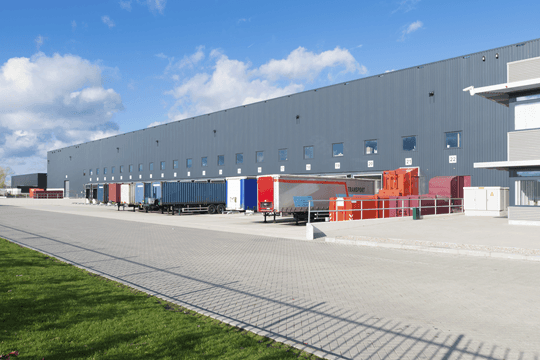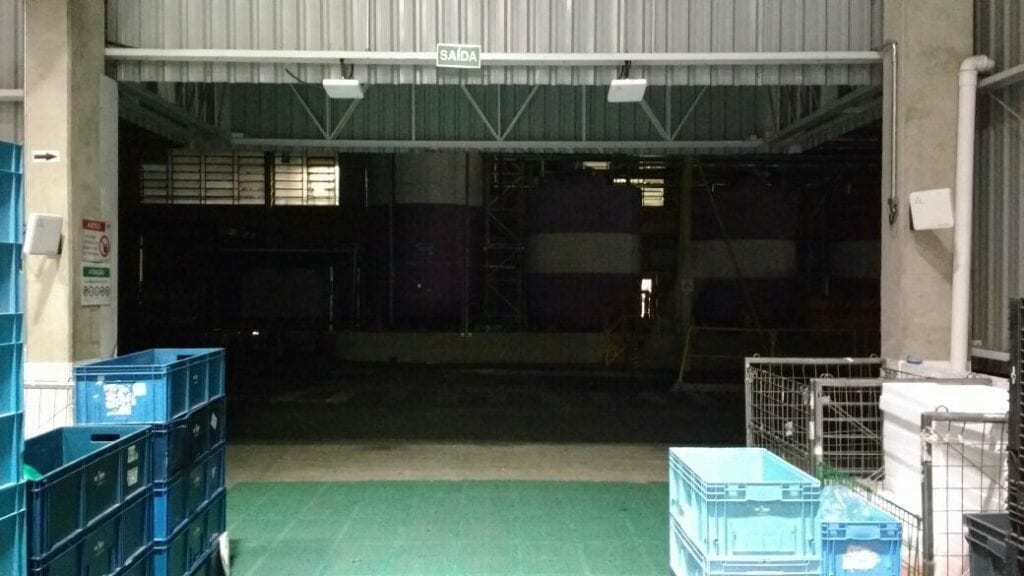- Solutions
- Industries
- IoT Platform
asset management
security
- Resources
Resources
Products
Success Stories
RTLS Fundamentals
- Blog
- About
- En-US
Driving efficiencies throughout your supply chain and increasing the velocity of items through the supply chain from creation to consumer is more than a business mandate today; it’s a matter of business survival. If your company doesn’t do it, your competition will.
Radio Frequency Identification (RFID) is a true next-generation technology — ready, available and being implemented today that is transforming how companies manage and extract more business value from their supply chain operations.
Whether your focus is in manufacturing, wholesale distribution, retailing, travel and transportation or throughout government, RFID will drive profitability, increase revenue, reduce operating expenses and shrink inventory levels. It promises to have the same, if not more business impact as bar code technology, which automated global supply chains and created industry leaders of its early adopters a generation ago.

RFID promises to revolutionize supply chains and usher in a new era of cost savings, efficiency and business intelligence. Some of the main benefits of integrating RFID in SCM are: Automatic non-line-of-sight scanning, labor reduction, enhanced visibility, asset tracking, item level tracking, traceable warranties and product recalls, quality control and regulation, and ability to withstand harsh environments.
Major issues that inhibited the adoption of RFID in SCM are: the cost of tags, tag readability, the need for new data structures for RFID data management, data ownership and sharing, standardization, business process changes, and privacy (Ajana et al., 2010).
RFID directly affects a company’s bottom line by creating new value in the supply chain, synchronizing the movement of material and products all along the way. It allows companies to:
• Increase visibility into their supply chain operations
• Respond more quickly to real-time disposition and dynamic business conditions
• Reduce errors and labor costs through increased automation
• Increase customer service, satisfaction and loyalty
RFID Benefit Improves/Enhances:
Demand Management:
The use of RFID allows eliminating inaccuracies in data due to human errors, and provides timely data both at the item level and in aggregate about the market demand of a particular product.
Order Fulfillment:
Order fulfillment is a key process in meeting customer requirements and improving the effectiveness of supply chain. RFID can reduce the cost of operations in order fulfillment, and enables suppliers to automatically and accurately determine the location of an item, to track its movement through the supply chain, and to make instantaneous business decisions.
Manufacturing Flow Management:
The use of RFID helps manufacturers with their Just-in-Time (JIT) assembly lines by tracking where every item is in the manufacturing process and supply chain.
Returns Management and RFID:
RFID facilitates return management by helping retailers know if they sold the item being returned.Through the use of the ESM (Electronic Security Marker), RFID can tie the relationship of a particular product to a given sale and then to the return.


SCM applications target many aspects, depending on supply chaining processes. One of these significant aspects is inventory control. We focused on the use of SmartX RFID middleware (named Link HUB) to provide input to existing tools and applications of inventory control. SmartX RFID middleware deals with RFID data streaming, reactivity, integration, and heterogeneity that represent a challenge for e-logistics and SCM systems.
Streaming: RFID devices are becoming cheaper and widely deployed, and it is now increasingly essential to perform continual intelligence analysis of data captured.
To relieve the SCM applications from dealing with the streaming nature of data and the fact that the data might be redundant, even unreliable in certain cases, the SmartX RFID middleware is able to process such unreliable real-time sensing data before delivering it to the backend system.
Reactivity: RFID has promised real-time global information visibility for SCM participants. To benefit from such visibility, the SCM participants have to be able to identify interesting situations and react to such situations when they happen.
The events associated with the triggers have to be reported in a timely manner, and notification has to be sent to interested SCM participants.
The SmartX RFID middleware handles this through its Business Event and Data Processing Layer and policy-based Rules Layer.
Integration: The design of SmartX RFID middleware allows it to scale and support different devices and data sources that may be used at numerous points of inventory control such as Point of Sale (PoS), and smart Shelves.
The advantages of using SmartX RFID Platform for inventory control can, therefore, be summarized as follows:
SmartX HUB RFID enables the following: communication with different types of devices; implementation of functionalities by ensuring the business rules using policy-based management; and seamless integration of various enterprise applications.
The smart library application has been developed to show the usefulness of the designed middleware solution. Also the scenarios of integrating SmartX HUB RFID with an inventory management application have been set.
With respect to the future work we intend to develop all the possible scenarios and specific events that could be triggered in an SCM application for inventory control, integrate the SmartX HUB RFID.
The SmartX HUB RFID middleware works to deliver enhanced visibility of inventory in various stages of supply chain.
Smartx HUB has healthcare application, and in the context of Situational Awareness; being aware of what is happening around users and understand how information, events, and actions will impact their goals, both now and in the near future. This allows us to evaluate the SmartX HUB RFID middleware with multiple hardware configurations and applications’ requirements.
Organizations large and small and across industries can leverage RTLS to improve safety, safeguard materials and work more efficiently.
Discover how your peers are benefiting from real-time visibility.
©2014-2024 All Rights Reserved. SmartX Technology Inc